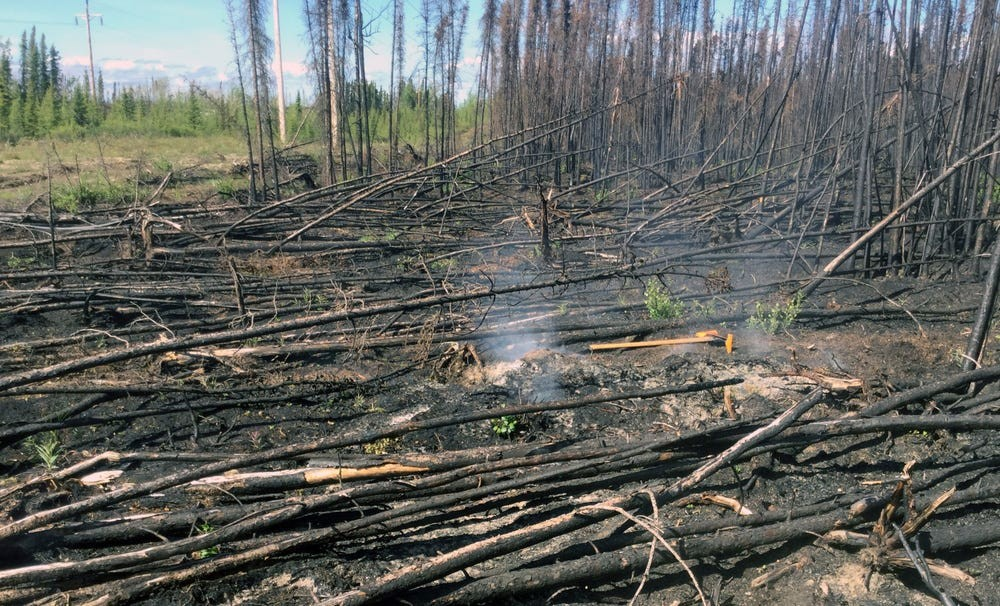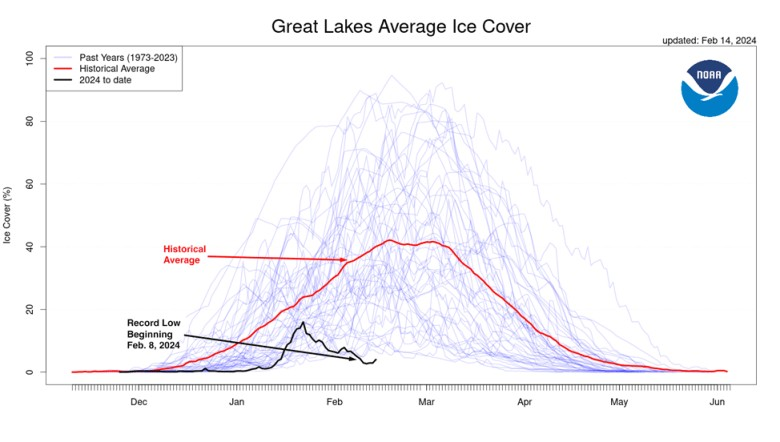Dunkelflaute? Zombie Fires? New Issues and Words Used in the Climate Crisis
The climate crisis and the associated energy transition to renewables has brought about a new vocabulary for many. An early term was the abbreviation, F.U.D. or Fear, Uncertainty and Doubt. Some fossil fuel associated organizations, conservative think tanks, and others, support writers to publish articles trying to show the potential downside and problems with the transition to renewable energy. Of course, anything that slows up this energy transition is to their benefit.
One recent article told of the increased number of particles given off by the tires of an EV [electric vehicle] due to its increased weight. No data was given, nor any comparisons made, to amounts of particulates given off by large SUV’s or pickup trucks which are far heavier.
Other articles discuss the hazards of mining for lithium, used in EV batteries, but no parallel discussion for the large amount of iron ore and other metals needed for the manufacture of the motor used in fossil fuel vehicles.
And now, we have two more recent words to add to our energy/climate change discussion; dunkelflaute, in German which means “a dark lull.” This pertains to solar eclipses and the dimming and/or reduction of sunlight that affects electricity production from PV [photovoltaic] arrays of any size. A dimming will reduce electricity production for several minutes, or more, and could affect the grid which has to be kept in a supply and demand balance.
See the graphic [“Solar power supply during the eclipse in Germany – scenario for a sunny day”] from Hochschule fur Technik und Wirtschaft Berlin. The solar power generation starts off on the left in the early morning and increases until the eclipse starts. It then dips, and climbs again, as the eclipse passes and power generation resumes.
This is a real issue and Germany had an experience in 2015 with an eclipse that did result in a loss of PV power generation as shown here. At that time solar generatedabout 7% of the power mix. But these eclipse events are well known in advance and the grid operators studied the issue carefully.
They arranged for other alternate sources of power generation and got through the dunkelflaute without a problem. As the U.S. renewable power generation grows grid operators will have to adjust their power sources as well. The advent of cheaper and large storage batteries should make this easier to manage in the future.
And then of course we have “Zombie Fires” also called “overwintering fires” or “holdover fires.” Canada in 2023, had a record-breaking wildfire season. Indeed, thousands of fires burned tens of millions of acres with smoke clearly visible at times here in the North Country.

Smoke rises from a hot spot in the Swan Lake Fire scar at the Kenai National Wildlife Refuge in Alaska, June 16, 2020.
Even with snow cover, rainfall, and cold temperatures about 150 fires are still burning in the moss and peat across northern Canada and Alaska, ready to re-ignite again. Those fires are still smoldering or burning … underground. See photo of a hotspot in the Swan Lake Fire scar. Dan White/AlaskaHandout via Reuters.
With climate change, hot, dry, and windy conditions are likely to occur again and get the wildfire season off to an early start, according to a paper published by scientists from the group, World Weather Attribution.
We hear about the slowdown in EV sales in the U.S., still growing, but not as fast as in the last few years. In the U.K. and elsewhere in Europe, the same is true as sales continue to slowly increase, and the percentage of EV car registrations continues to grow. See the circular chart labeled “March 2024 UK Passenger Auto Registrations” by Max Holland published by CleanTechnica 4/06/24.
The battery EV [BEV] and the plugin hybrid EV [PHEV] combined account for almost one in four of new car registrations. Petrol, or gasoline, is still the largest segmentwith more than 50% of the total. The hybrid [HEV] EV and diesel-powered vehicles account for the rest.
And then we have an interesting bar chart from Bloomberg New Energy Finance [BNEF]. The title is “EVs are cleaner than gas-powered cars across the board.” There are five pairs of vertical bars with each pair shown by country of origin. The left bar of each pair is data on BEV [battery EV] and the right bar of each pair is for ICE [internal combustion engine]. The countries from left to right are China, Germany, Japan, UK, and the US.
The data in each bar include the “Lifetime CO2 [carbon dioxide] emissions for vehicles made in 2023, in metric tons.”
The darkest part at the bottom of all the bars are the CO2 emissions resulting from “Vehicle manufacturing.” The next lighter segment above, applies only for the BEVs, and are emissions associated with “Battery pack manufacturing.” And finally, the top lightest part of each vertical bar is for “Use” [about 150,000 miles].
According to this study, in all five country comparisons, EVs produce less CO2 than ICEs.
And finally, we have a recently published graph from NOAA [National Oceanic and Atmospheric Administration] and is titled “Great Lakes Average Ice Cover.” The left axis shows the historical ice cover in “percent,” and the bottom horizontal axis is “months,” i.e., December to June. The darker line in the center that rises slowly and then drops to zero is the 50-year historical average of ice cover. The lowest dark line shows a record low per cent of ice cover starting in February 2024.
Our fossil fuel energy transition to renewables cannot go fast enough.
And so it goes.

The scientific career of Raymond N. Johnson, Ph.D., spanned 30 years in research and development as an organic/analytical chemist. He is currently founder and director of the Institute of Climate Studies USA (www.ICSUSA.org). Climate Science is published monthly.



